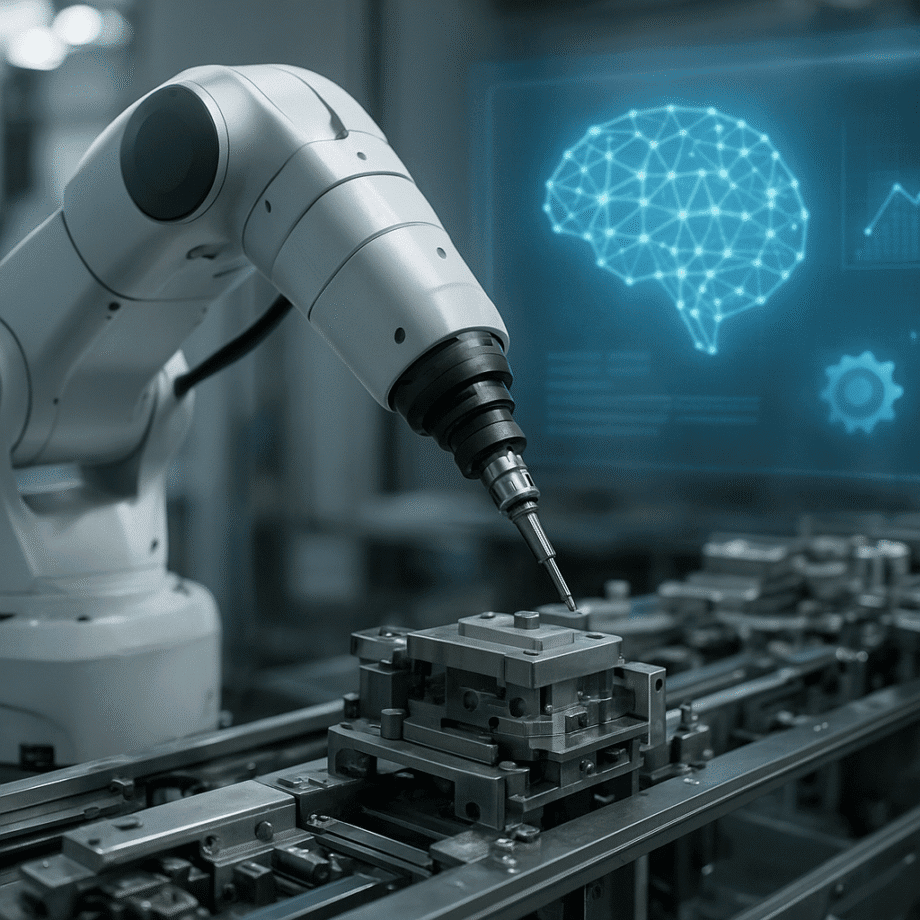The integration of artificial intelligence into modern agricultural machinery marks a pivotal shift in the way farmers cultivate, harvest, and manage their fields. By harnessing AI algorithms, machines can now adapt to diverse environmental conditions, make autonomous decisions, and deliver unprecedented levels of efficiency. This technological convergence reshapes traditional farming practices into a new era of smart farming, where data-driven insights optimize every stage of crop production.
AI-POWERED AUTOMATION IN AGRICULTURAL MACHINERY
Advanced tractors, combines, and sprayers now boast integrated automation systems that guide them across uneven terrain, adjust application rates on the fly, and even avoid obstacles without human intervention. These capabilities arise from a synergy of GPS guidance, computer vision, and adaptive control models.
Guidance and Navigation
GPS-based auto-steering systems enable machines to follow precise field paths with sub-inch accuracy. Coupled with real-time mapping, a single operator can supervise multiple units, transforming labor-intensive tasks into highly streamlined operations.
Adaptive Field Operations
Field conditions vary with soil composition, moisture levels, and crop density. AI-driven sensors continuously measure these variables, allowing machinery to adjust:
- Tractor speed for optimal traction and fuel consumption
- Seeding depth and rate based on soil texture
- Spray nozzle pressure to prevent drift and overspray
With the deployment of sensors and machine learning, each pass becomes a lesson in performance enhancement, reducing waste and maximizing resource use.
DATA-DRIVEN MAINTENANCE AND CONNECTIVITY
Machine uptime is critical during narrow planting and harvesting windows. Traditional maintenance schedules often lead to unexpected breakdowns or unnecessary servicing. The advent of predictive maintenance platforms, powered by AI, transforms this model by forecasting component failures before they occur.
Real-Time Condition Monitoring
Embedded sensors track vibration, temperature, oil quality, and hydraulic pressures. AI algorithms analyze the sensory stream and identify patterns indicating wear or potential malfunction. Alerts can be sent directly to field managers or equipment dealerships, ensuring timely interventions.
Fleet Connectivity and Management
Onboard telematics units upload performance data to cloud-based dashboards. Fleet managers gain a comprehensive view of all active machines, able to:
- Compare fuel efficiency across models
- Schedule maintenance based on actual usage rather than hours
- Deploy spare parts ahead of repairs to minimize downtime
Enhanced connectivity not only prevents costly failures but also supports continuous improvement through historical data analysis.
PRECISION AGRICULTURE FOR SUSTAINABLE YIELDS
Precision agriculture leverages AI to tailor inputs at a micro-scale, ensuring that each seed, drop of water, and bag of fertilizer contributes optimally to crop health. This level of customization drives both economic and environmental benefits.
Variable Rate Application
Using multispectral imaging and soil conductivity probes, machinery determines nutrient availability and plant vigor across the field. Variable rate spreaders and sprayers then modulate application rates in real time, reducing overuse of agrochemicals and enhancing overall sustainability.
Autonomous Crop Scouting
Drones and ground vehicles equipped with AI-based computer vision can identify weed hotspots, pest infestations, and disease outbreaks. Instantaneous analysis enables spot treatments, minimizing broad-spectrum pesticide use and fostering healthier ecosystems.
- Early detection of nutrient deficiencies
- Targeted irrigation scheduling
- Reduction of runoff and soil erosion
Adopting these precision methodologies ensures that water resources are conserved and chemical inputs are used judiciously, aligning with global calls for responsible farming.
CHALLENGES AND FUTURE OUTLOOK
Despite rapid advancements, several hurdles remain before AI-driven agricultural machinery becomes ubiquitous. High initial investments, connectivity gaps in rural areas, and a shortage of skilled technicians can impede adoption. Data privacy and the interoperability of different equipment brands also pose significant considerations.
Looking ahead, the integration of robotics and swarm technologies promises autonomous fleets that collaborate to perform tasks such as seeding, weeding, and harvesting at scale. Advances in edge computing will allow localized AI inference, even in remote locations with limited bandwidth.
Ultimately, the convergence of optimization algorithms, data-driven insights, and robust hardware design will empower farmers to meet rising global food demands while preserving precious resources. As research in agricultural AI accelerates, the boundary between machinery and farmer decision-making will blur, ushering in a new epoch of resilient, efficient, and environmentally conscious agriculture.
